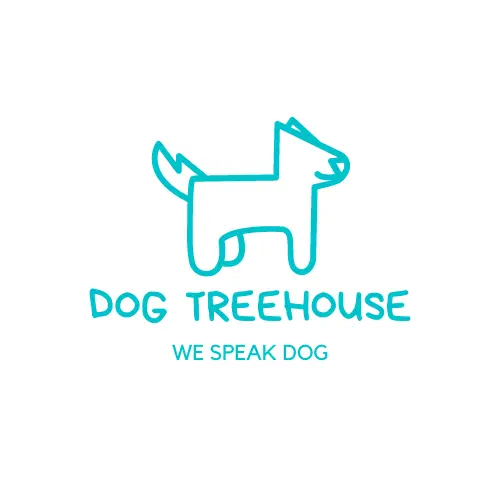When it comes to taking care of our canine companions, more and more pet owners are leaning towards holistic and natural methods for every aspect of their care, including maintaining their population control. Spaying and neutering, essential procedures that prevent pets from breeding, can also be tackled using more natural, less invasive approaches.
One alternative holistic method is called an ‘ovary-sparing spay’. Traditional spaying involves the removal of both the ovaries and uterus of a female dog, while this procedure spares the ovaries, allowing for natural hormones to still flow, mimicking the natural state of your dog as closely as possible. This eliminated the risk of complications from hormonal imbalances that might occur with traditional procedures.
Chemical neutering is another process to consider. This involves injecting a solution into the testicles to cease sperm production, negating the need for traditional surgical neutering. It’s a less invasive option but must be considered under the guidance of a professional as it can depend on the size and breed of your dog.
In terms of care post-surgery, a holistic approach would be to provide your dog with a diet of anti-inflammatory whole foods, filtered water to aid in recovery, and a calm, quiet space to recuperate. Herb remedies can also be beneficial; milk thistle, for example, can assist in expediting the process of healing the liver after anesthesia.
However, these procedures and after-care methods should only be undertaken under the guidance of a certified veterinarian. An open discussion about the pros and cons of these alternative methods versus traditional spaying and neutering will ensure you’re making the best decision for your furry friend.
Making these careful, informed choices is a testament to our commitment as owners to provide the best possible care to our pets, putting their holistic health and happiness first.

